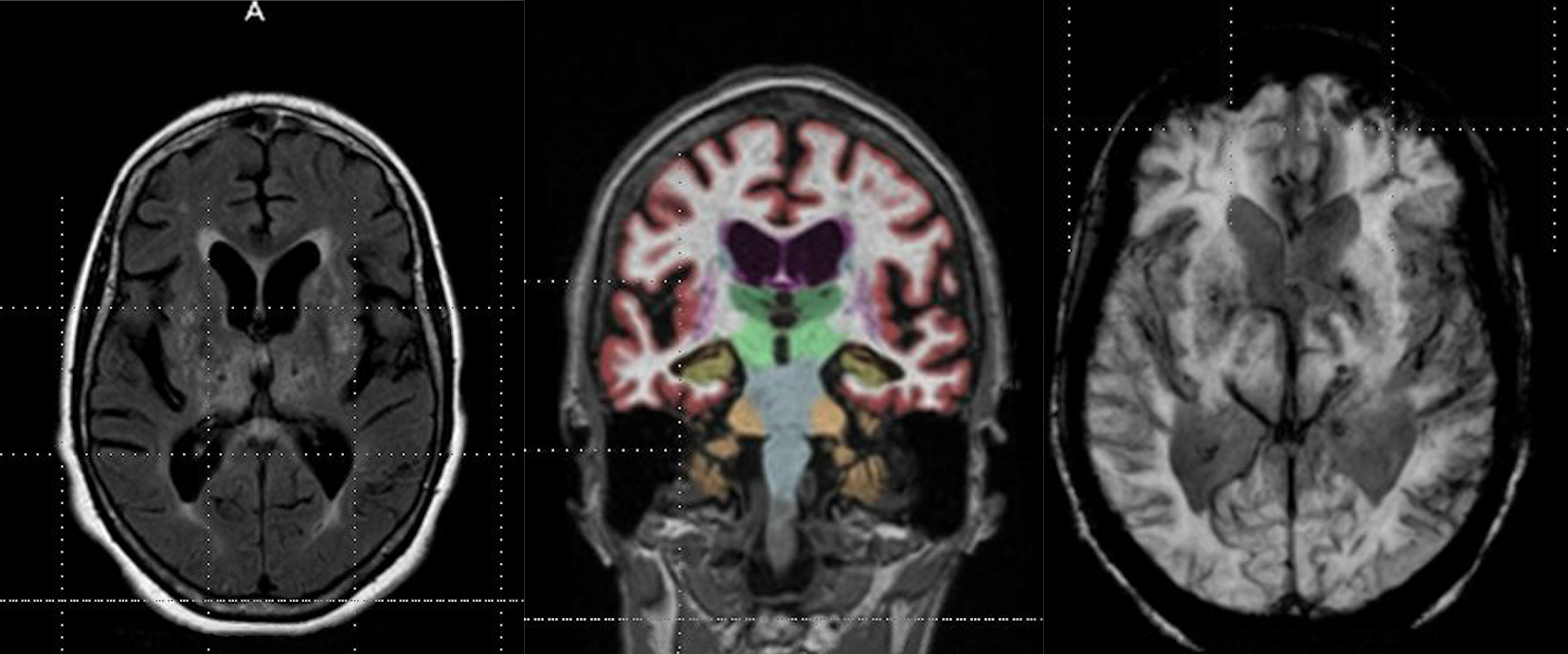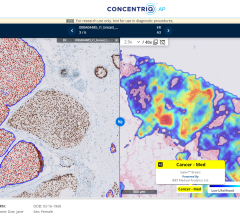
It is critical to order the right kind of test or scan, and then get those images into a place in the system where they can be useful to the physician.
Value-based care and patient satisfaction are top priorities of radiologists across the field, from imaging technologists to radiation oncologists. For many practices, ensuring quality care requires a strategy involving many levels of patient interaction and care. What takes place behind the scenes — in the office, with clinicians and between different technologies — often makes the biggest difference. In a recent webinar hosted by Imaging Technology News, “Neuroimaging from a Clinical-MRI Perspective,” Joseph V. Fritz, Ph.D., CEO and technology director of the DENT Neurologic Institute in New York, shared the values and practices used at DENT to create a practical, efficient and patient-centered outpatient environment.
Healthcare Costs and Physicians’ Stress
It is no secret that the entire healthcare industry is under stress right now. Healthcare costs more than ever before, to both providers and patients. The average per person’s annual cost of healthcare is expected to rise from $10,000 to $15,000 in 2023, and the family costs in that same year will account for over 70 percent of the median income. On the government level, healthcare spending accounts for 19-20 percent of all spending, and is pushing the budget for other government priorities such as infrastructure and the military.
With all this financial strain comes a lot of regulation, Fritz said. “You begin to feel as though practicing medicine is becoming less about your interaction with the patient and more about trying to make sure that your dot appears in the right quadrant (of the Quality and Resource Use Report) compared to your peers,” he said.
While primary care physicians are working hard to control costs, they also are under pressure to have extremely precise documentation to be able to prove the value of what they are doing. Imaging technologists, therefore, are getting buried in documentation requirements such as prior authorizations and coding for risks, all in support of the physicians.
Fritz said, however, that understanding the kinds of pressures physicians are under benefits not only working relationships, but also patients as well.
“You really start to feel quite micromanaged in terms of what you can and should do,” he said. “There’s just an awful lot that has to be done while not being able to take that time and apply it to direct, face-to-face work with the patients. So just knowing that environment, I think, is at least useful and may help produce some insight as to the type of support the imaging side of an organization or an independent imaging center might be able to help [for] some of those situations on the referring physician side.”
Clear Communication
It is important that communication be as clear as possible in the process of getting from what the physician suspects the patient is experiencing, to getting the right kind of test or scan from the radiologist, and then getting those images into a place in the system where they can be useful to the physician.
To start, Fritz said there needs to be good International Classification of Diseases (ICD) coding and Current Procedural Terminology (CPT) coding details, both of which are used to classify diagnoses and procedures. With ICDs becoming more than just the primary diagnosis and CPTs often being quite confusing, providing help in the ordering process is essential.
“I’m sure those of you that run imaging centers have had opportunities to wish that the information you received about the clinical condition was somewhat better noted,” Fritz said, “but make sure to get in some education or reminders for working with management on the referring physician’s side on how important it is to be distinct in those clinical indications.”
At DENT Fritz said they use reference sheets for CPT and ICD codes to make it easy to clearly mark what might otherwise be difficult to read in the doctor’s scribble on a script. They also use checklists to help indicate a basic diagnosis before ordering tests from the imaging department.
This clarity in the ordering process will benefit patients as well. Fritz said to keep in mind that patients are usually scheduling follow-up appointments when they are sent for imaging, and that they might be having to travel significant distances.
This, he said, is where coordination of care between imaging and clinicians is critical. Sometimes, wanting to be responsive to the patient, radiology teams will give the patient information about their scans so they can walk out of the facility without having to wait anxiously for results. That, Fritz said, is something clinicians do not want to happen. They would instead prefer that there be a delay between the posting of the results and notifying the patient.
“There is an opportunity to have the referring physician assimilate that information and present it as part of an entire package to the patient, because there are some other results that might be brought in, or the situation is such that the information should really come from the treating physician to be able to explain what the options are right away,” he said.
Lastly, Fritz recommended electronically ordering imaging, the same as electronically ordering labs. Having the order in a place that could transmit across your picture archiving and communication system (PACS) is best because it puts the entire report in one place, making things easier on both ends of patient care.
Efficiency
Efficiency not only improves the quality of patient care, but also eases the financial and stress burdens on physicians and imaging departments. Having reports and images all in one place can help tremendously, but there are other things you can do to increase efficiency as well.
The first, as your mother would tell you, is to smile! Fritz likes to show a funny cartoon to his staff depicting the difference between a patient taking himself to the doctor and his dog to the vet. The grumpiness and slowness of the doctor compared to the cheerful experience at the vet makes you “kind of wish it were a dog’s life,” Fritz said. This illustrates how far timeliness and a welcoming smile can go in improving the quality of patient care.
Being efficient with your scanning and other technology is important as well. “You really need to make sure that you can do as much as you can on as few pieces of equipment as possible, so your scanning needs to be fast,” Fritz said. “There are very specific protocols that have to be done, and have to be set up ahead of time to be able to really reduce the amount of time that you’re wasting.”
Fritz recommended using simple scorecards to keep track of what scanners are working the most efficiently and determine which one is the best to use. But as frequently as you monitor the technology, you need to monitor the technologist to make sure they are getting the best images possible and the patient does not have to come back for repeat scans.
Optimizing Imaging Protocols
The best way to increase efficiency, improve patient care and reduce costs is to understand the disease you are scanning so you can pick the appropriate sequences to match it.
To do this, Fritz said they keep a disease state grid at DENT that maps the CPT codes and basic sequences to do when someone comes in for a certain disease. This allows them to quickly evaluate which sequence is necessary compared to others typically used for that disease. “It really is a little mini-research project to find out what you are trying to accomplish and what your referring physician needs, and where that sequence fits in,” Fritz said.
With clinical optimization, Fritz said that adding both diagnostic and practical value are important. Of course, you need to consider what is the most efficient in terms of time and money spent on a scan, but what about the human costs? “If you’re able to do a particular technique in a way that is not causing discomfort for the patient, those are the techniques that we look at,” Fritz said.
Fritz also recommended bringing a physician into the imaging rounds, if the opportunity presents. Talking over scans and comparing notes, even if it is over a lunch meeting, can be useful. “It’s nice to be able to experiment and then have a conversation on some neuroimaging rounds to understand the excitement of whether this is particularly useful,”
Fritz concluded.
Emily Clemons is a Florida State University alumna and current master’s candidate at North-western University’s Medill School of Journalism.



 November 11, 2025
November 11, 2025 









